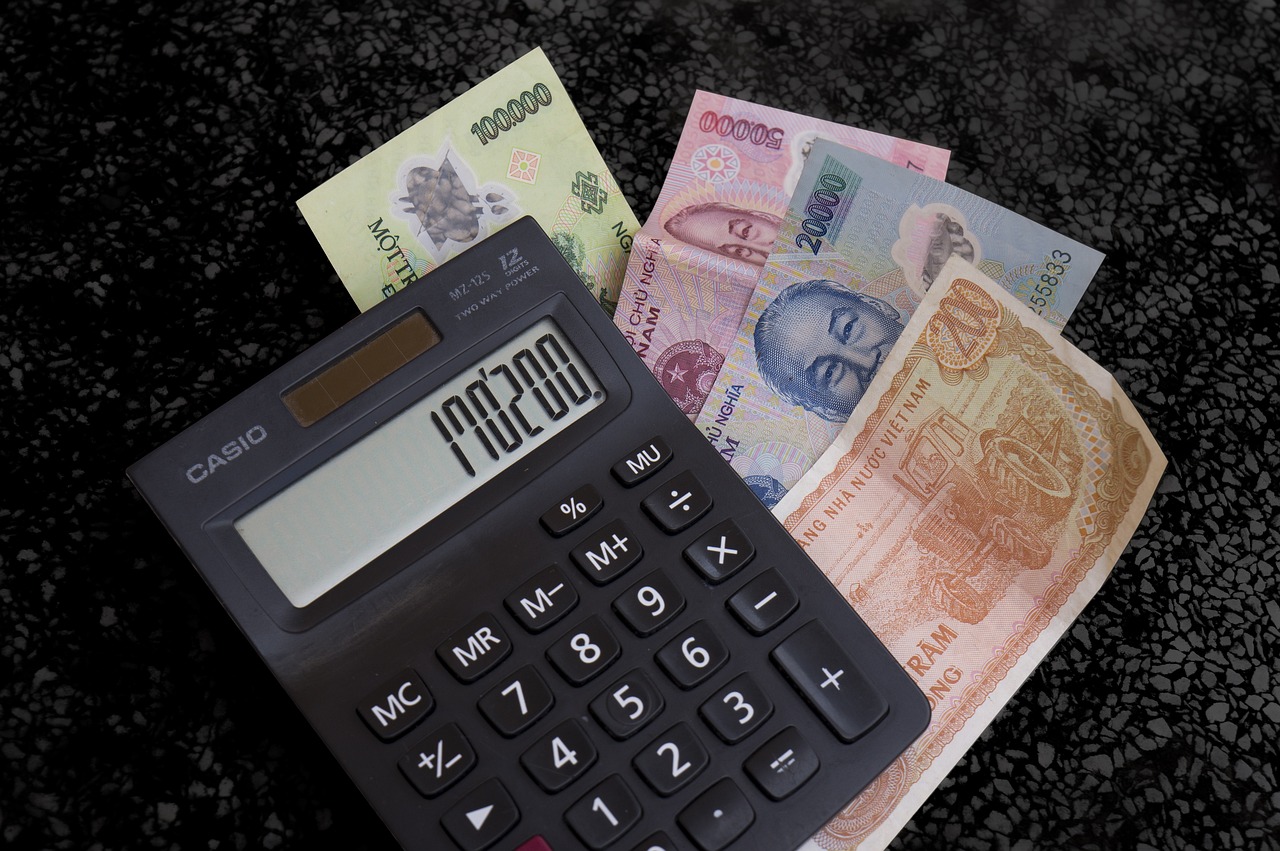RMB to USD Exchange Rate: Trends, Risks, and Global Insights
GPT_Global - 2025-10-28 09:30:37.0 18
How does the exchange rate of 1 RMB to 1 USD impact China's economy?
The exchange rate between 1 RMB (Renminbi) and 1 USD (U.S. Dollar) plays a pivotal role in shaping China's economy. A strong or weak RMB against the USD influences international trade, investments, and remittance flows. As a result, businesses and individuals involved in remittances must understand its impact for making informed decisions.
A stronger RMB means Chinese exports become more expensive for foreign buyers, which could lead to a reduction in export demand. Conversely, a weaker RMB makes Chinese goods more affordable abroad, boosting exports. This directly affects China's GDP and can influence remittance transactions sent from overseas Chinese workers.
The exchange rate also affects the cost of transferring money into and out of China. Fluctuations in the RMB-USD rate might make remittance services more expensive or cheaper for both senders and recipients. As remittance businesses, it's crucial to monitor these changes and offer competitive rates to attract customers who rely on these money transfers for personal and business needs.
Overall, understanding the RMB-USD exchange rate's impact on China's economy is key for remittance businesses looking to provide value and remain competitive in a fluctuating market.

What is the historical trend of 1 RMB to 1 USD over the past 10 years?
In the past decade, the exchange rate between the Chinese Renminbi (RMB) and the US Dollar (USD) has experienced significant fluctuations. As China’s economy grew, the RMB showed both strengthening and weakening trends in relation to the USD. The Chinese government’s policies, including periodic adjustments to its currency peg, have played a major role in this dynamic.
From 2015 to 2020, the RMB experienced volatility, particularly influenced by trade tensions and global economic events. The COVID-19 pandemic in 2020 further impacted the global economy, leading to fluctuations in the RMB/USD exchange rate. However, the Chinese yuan’s value gradually regained stability as China emerged as a leader in economic recovery.
For businesses involved in remittance services, these fluctuations are crucial. Understanding exchange rate trends can help customers make informed decisions about transferring money between China and the US. Tracking the RMB to USD conversion rate can optimize transfer timing, ensuring the best rates for both senders and recipients.
In summary, while the RMB has gone through various stages of appreciation and depreciation, its future trajectory will continue to depend on global economic trends and government policies, making it essential for remittance businesses to stay updated on currency developments.
How can I exchange 1 RMB to USD in different countries?
```htmlWhen it comes to exchanging 1 RMB to USD, the process can vary depending on the country you are in. Whether you're in China, the US, or other parts of the world, understanding the best options available for currency exchange is essential for getting the best value for your money.
In countries like China, local banks and exchange offices offer competitive rates for RMB to USD conversion. Additionally, many remittance services provide better exchange rates for individuals sending money internationally. When choosing a service, it’s crucial to compare the transaction fees and rates offered.
In the United States, remittance services are widely available, with many providers offering competitive exchange rates for transferring funds from RMB to USD. Popular services include PayPal, Western Union, and various digital platforms. Always check the exchange rate and associated fees before making the transaction to ensure you're getting the best deal.
For other countries, you can turn to local money transfer agents or online platforms that cater to international remittance. The process is usually simple and efficient, but again, it's essential to compare rates to maximize your exchange.
Whether you're sending money across borders or exchanging currency for travel or business, choosing the right service can save you both time and money. Remittance businesses play an important role in facilitating smooth currency exchanges across different countries.
```Why is the RMB's value not fixed at 1 to 1 against the USD?
The value of the Chinese Yuan (RMB) is not fixed at 1:1 against the US Dollar (USD) due to several economic and market-driven factors. The currency exchange rate is influenced by supply and demand dynamics in the foreign exchange market, where the RMB's value is determined by both domestic and global economic conditions.
Unlike a fixed exchange rate system, which pegs a currency to another, China follows a managed float system, allowing the RMB’s value to fluctuate within a set range. The People's Bank of China (PBOC) intervenes occasionally to maintain stability and prevent extreme fluctuations. This flexibility helps China maintain a competitive export market and manage inflation.
The remittance industry, crucial for global money transfers, benefits from these fluctuations. The fluctuating value of the RMB creates opportunities for cost-effective remittances. For instance, during periods when the RMB weakens against the USD, remittance senders can transfer funds more economically, making it an attractive choice for those sending money to China.
Understanding currency exchange rates and their volatility is important for businesses and individuals involved in international money transfers, ensuring the most efficient and cost-effective remittance transactions.
What are the potential risks of the yuan reaching parity with the US dollar (1 RMB = 1 USD)?
The potential risks of the Chinese yuan (CNY) reaching parity with the US dollar (USD) could have significant implications for the global economy and remittance businesses. If 1 RMB equals 1 USD, it could lead to fluctuations in international exchange rates, which could disrupt the stability of cross-border transactions.
One key concern is inflation in China, where a stronger yuan might push up domestic prices, affecting the affordability of goods and services. For remittance businesses, this could result in higher transfer fees and operational challenges when dealing with fluctuating exchange rates.
Additionally, a stronger yuan could reduce the competitiveness of Chinese exports, which could slow down China's economic growth. This could have a ripple effect on remittance flows, especially to countries heavily reliant on Chinese investment or trade. It may also alter the balance of global financial power, making the yuan a more dominant currency in international transactions, creating uncertainties for businesses dealing in other currencies.
For remittance businesses, it’s essential to closely monitor currency trends and adjust services accordingly. While parity could offer opportunities for a stable exchange rate, the risks involved must be carefully managed to protect both businesses and consumers from potential losses.
About Panda Remit
Panda Remit is committed to providing global users with more convenient, safe, reliable, and affordable online cross-border remittance services。
International remittance services from more than 30 countries/regions around the world are now available: including Japan, Hong Kong, Europe, the United States, Australia, and other markets, and are recognized and trusted by millions of users around the world.
Visit Panda Remit Official Website or Download PandaRemit App, to learn more about remittance info.


